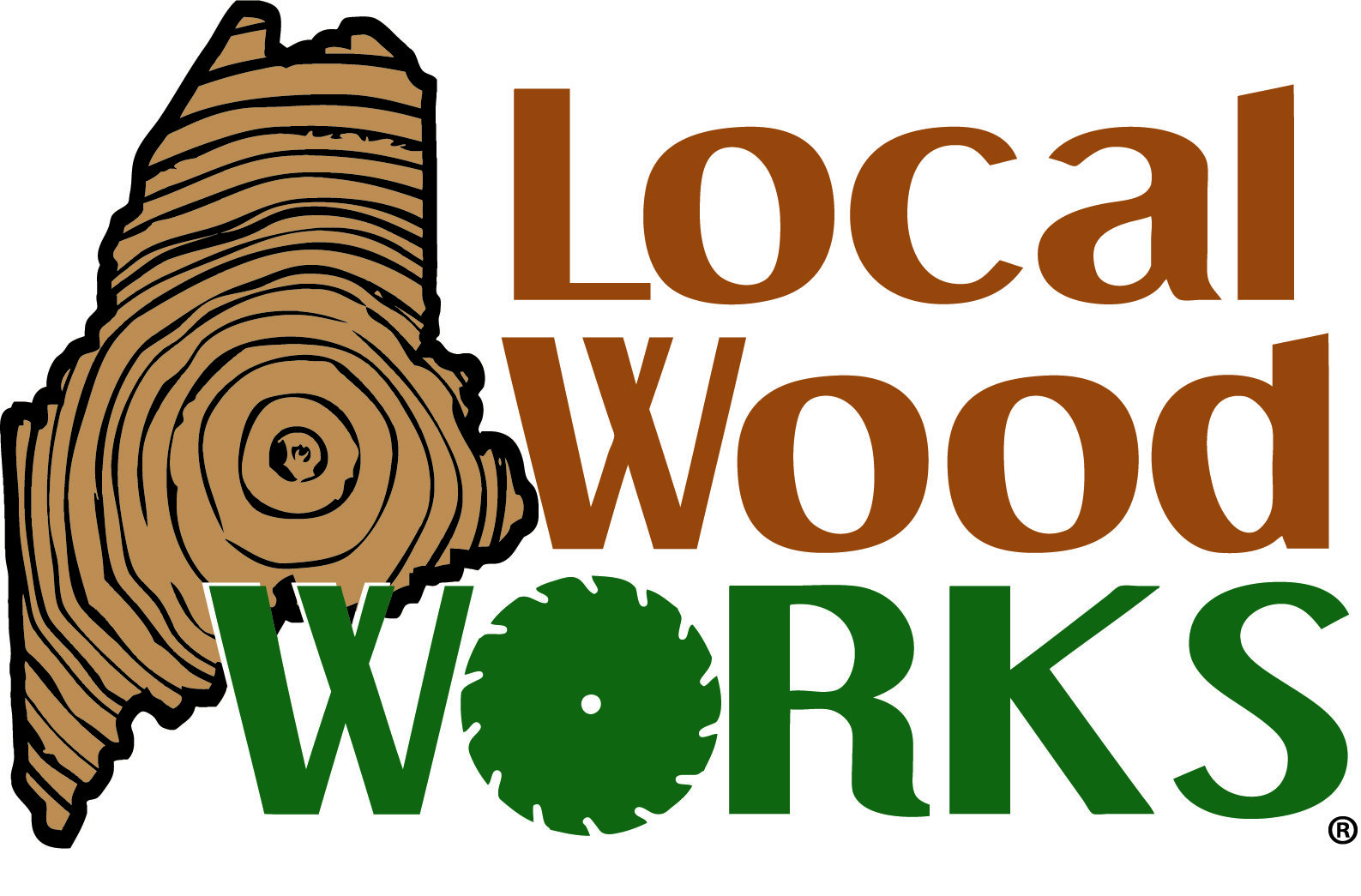Does a heritage product have a new story to tell?
Stacking planed boards at The Wood Mill of Maine
For the full report “Wide-plank pine: Can a traditional flooring material find new purpose,” click here
A shrinking market for wide-plank pine flooring is diverting high-value logs into lower-value products and creating new product opportunities, according to Local Wood WORKS, an educational non-profit.
Wide-plank pine flooring is a marquee product of Maine’s most valuable lumber tree with a heritage story dating from the Colonial era. But it’s falling out of favor as home design tastes shift away from traditional and rustic looks toward more contemporary designs.
A survey of nine flooring companies in New England indicates sales of wide-plank pine flooring have been declining for the past decade and now account for just 5-25 percent of their flooring sales, according to Local Wood WORKS.
Some promising counter trends are developing. The Wood Mill of Maine, which practices rigorous quality control in grading and finishing, reports strong sales of wide-plank pine flooring. In addition, some architects and designers are finding new uses for wide-plank pine that showcase its beauty in low-traffic areas where the pine’s softness is not a liability.
Local Wood WORKS proposes a series of marketing and branding initiatives that showcase wide-plank pine as the embodiment of the best forestry as practiced by small landowners. Proposed initiatives include design awards, demonstration projects, product placement on cable TV show as well as financing for a new mill.
An ample and ready supply of large pine logs exists to meet new demand, with standing pine timber in the largest size classes estimated to be 869 million board feet in Maine, according to USDA Forest Service data. This volume dwarfs by 300 times the annual output of the nine companies, estimated to be at least 2.8 million square feet.

